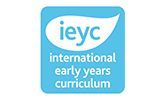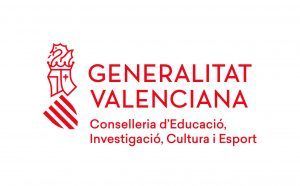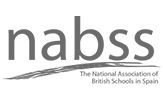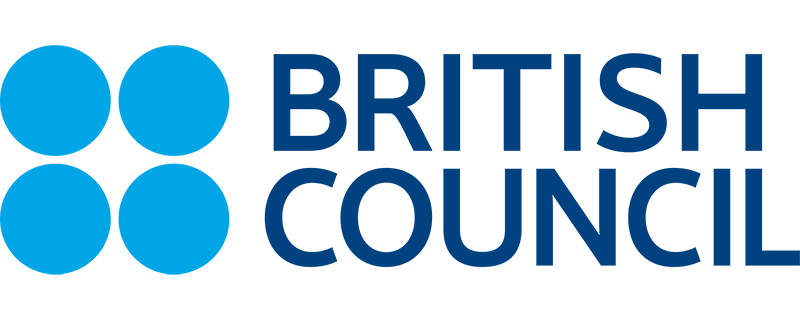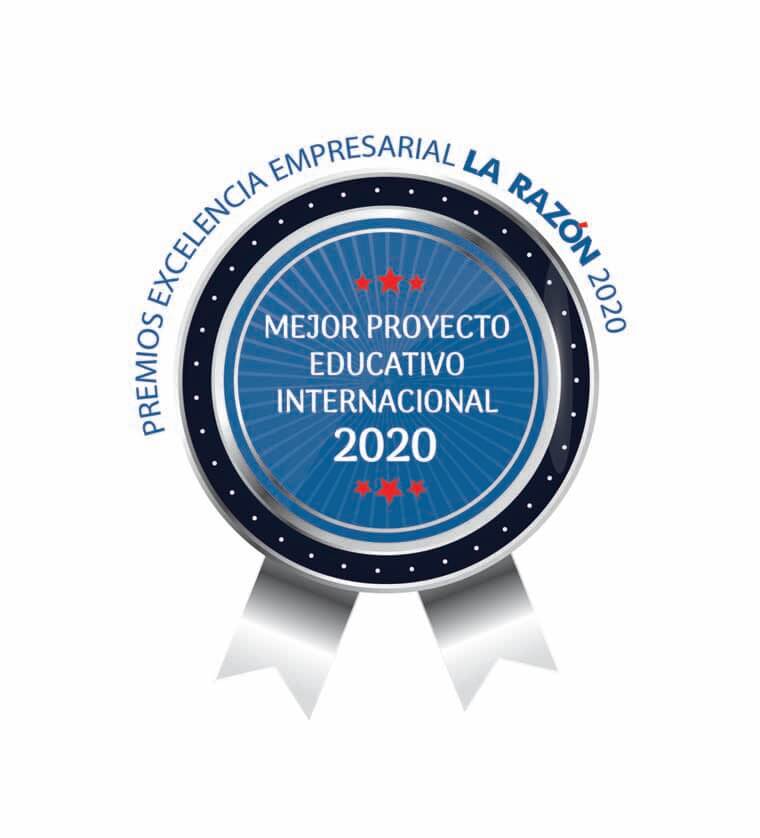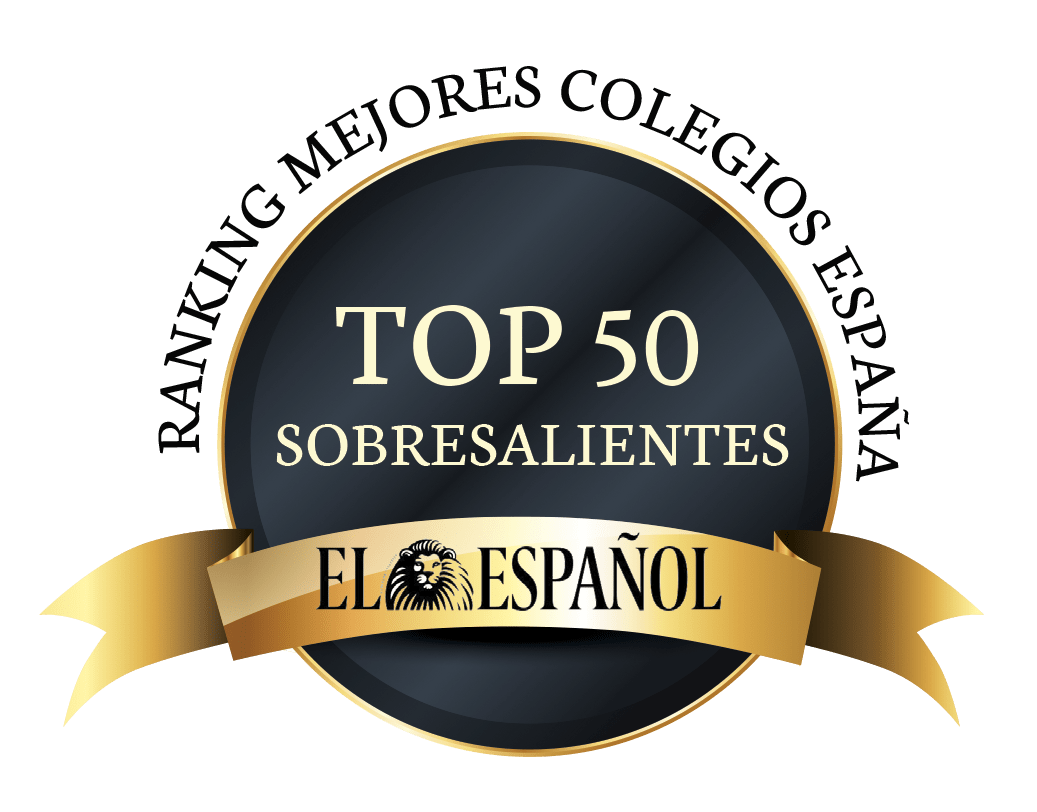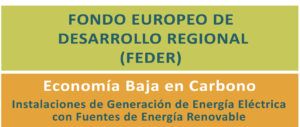CREATIVE AND DESIGN THINKING
Newton College is growing and evolving in how our students are encouraged to express their identity, hone their skills, discover the world and transform it.
Newton College’s mission is to provide education with an international outlook within an agile, dynamic and innovative framework. Based on this premise, we plan to upgrade our educational project with a more attractive work model in our different learning areas: CREATIVE & DESIGN THINKING (C&DT).
The main goals of CREATIVE & DESIGN THINKING (C&DT) are:
- Involving the type of teachers who are driven to learn and explore new areas of development as part of their teaching and learning experience.
- Developing a culture of “pedagogical innovation”, that makes us experts in the field, sharing our best practices through training courses and collaborating with other schools within the educational sector.
- Creating a varied learning environment through planning and improving, which can be adapted to our students’ different learning styles, allowing them to discover new ideas.
- Exploring critical thinking in the classroom, in which creativity, opportunity development and the appropriate use of technology play an active role.
We expect this methodology to respond to the educational needs of our 21st century students. Learning experiences are developed through our “Creative & Design Thinking” (#designthinking) approach, where are students are challenged to find innovative solutions to their goals. This process means that they will work through stages in which they will have to understand their own goals, engage with one another, explore and share ideas, define designs and ultimately present their product, seeking beauty in its creation.
This approach to creativity leads to the emergence of Creative Learning Spaces, small Ateliers or “opportunity workshops”. These are attractive, multi-disciplinary spaces created with adaptable furniture, which allow both teachers and students to adapt their learning space to meet the requirements of the work they need to do (working in small groups, sharing experiences, hosting exhibitions, individual supervision and research), combining several tasks at a time and always under teacher supervision.

